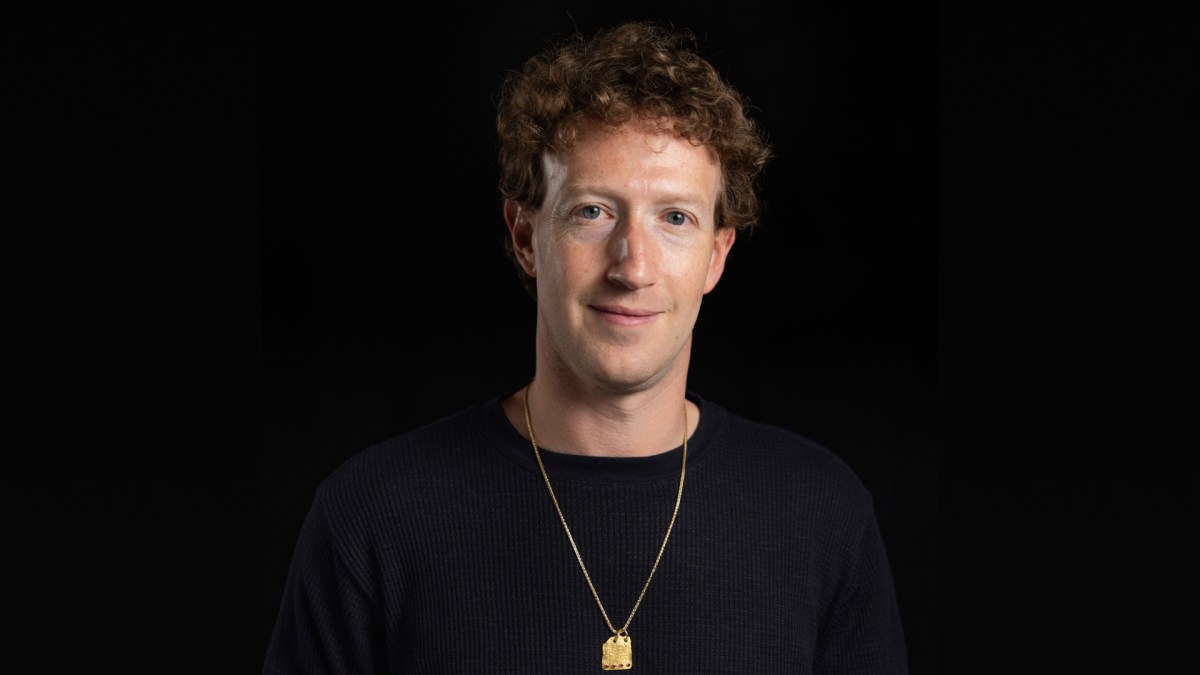Zuckerberg’s Thoughts on Open Source AI
Meta’s release of the largest open-source AI model, Llama 3.1, with 405 billion parameters, continues to position the company as a leader in open AI. This move is helping to build a growing ecosystem around these models that’s simply not possible with commercial models from OpenAI, Claude, and others.
I have found the freedom of running the smaller Llama 2 model on my local environment to be liberating, providing a low-stakes way to experiment with new data approaches. The substantial investment in building these models is sure to pay off.
Of course, Llama is not the only open-source AI model available. Hugging Face is filled with AI models of all sorts, and the French AI developer Mistral continues to release more powerful models. Notably, Mistral has released some of its newer models under non-production or research licenses that forbid commercial use and deployment (Mistral License).
Meta also requires a license, which is thankfully simple and easy to read. As you can see (Meta Llama 3 License), it offers flexibility but requires applications using it to state “Built with Meta Llama 3” and to prefix model names with “llama” before sharing them. Open-source purists are sure to disagree with these stipulations, seeing them as a departure from the true spirit of open-source freedom.
This may be a small price to pay for access to frontier-level models, but I wish more companies would embrace the idea of exploration and open source, providing last-generation releases to the developer community.
Zuckerberg’s blog post on Meta’s place in AI is a worthwhile read. I plan to dive into it in a future newsletter, so subscribe and stay tuned.

